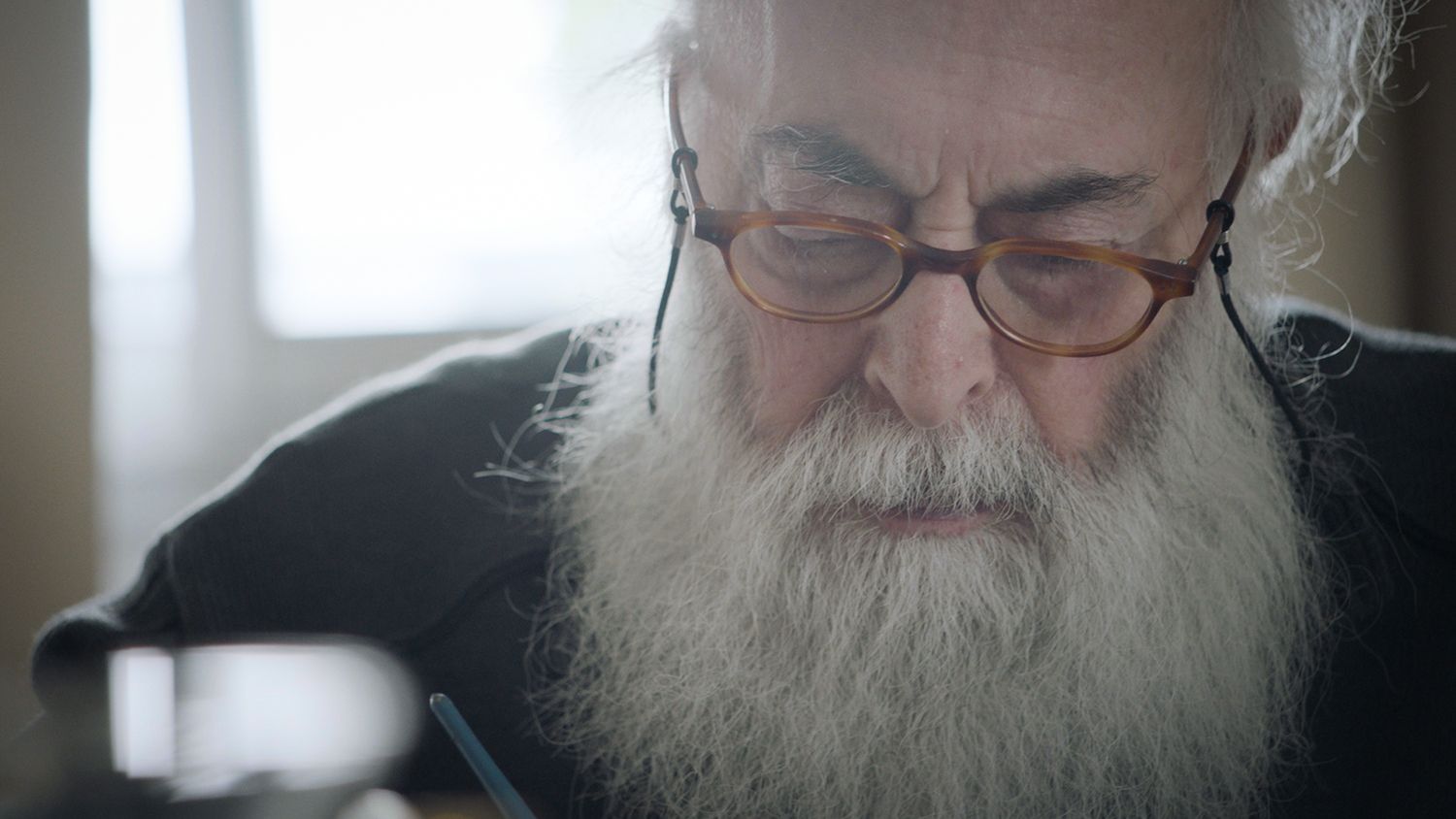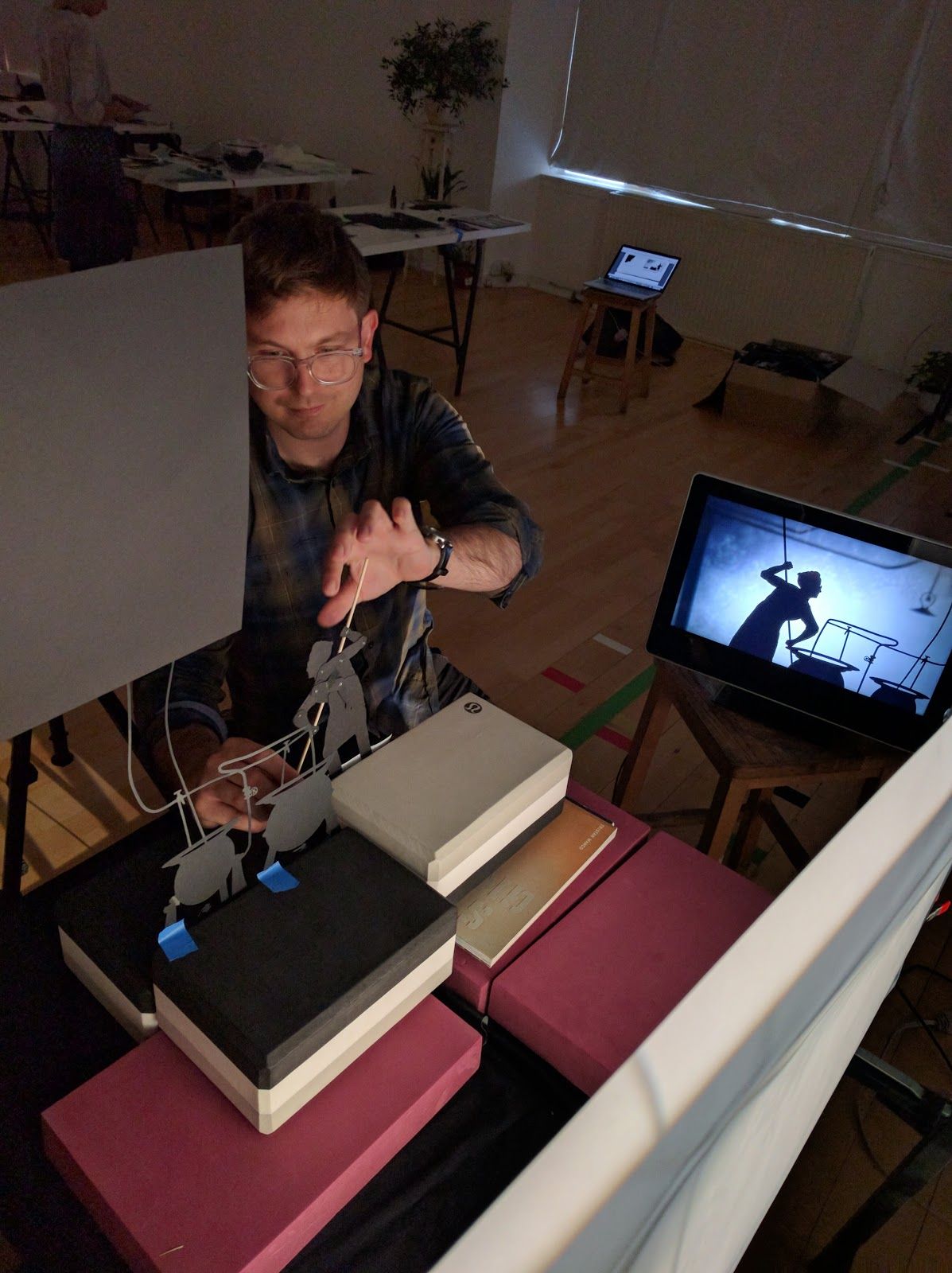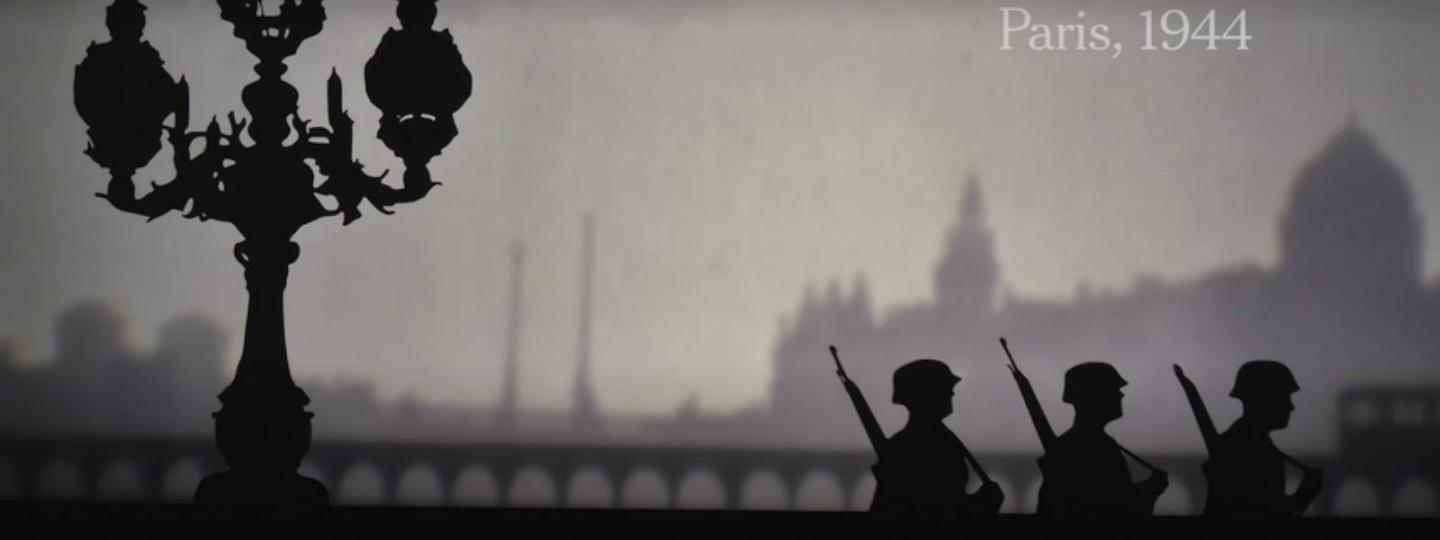This is the story about a team of journalists and animators who worked in three countries to tell a story about a man who lived a secret life. The journalists working on the story would not meet face to face until months after the story was finished.
By then, their work had won an Emmy, captured honors from the World Press Photo Awards and the Canadian International Documentary Festival, and was a finalist in the Peabody Awards.
A woman in Paris had written a book about her father, Adolfo Kaminsky. By the time he was 19, Kaminsky, forged passports and other documents and saved the lives of 14,000 Jews who escaped the Nazis.
All these years, he lived in Paris, unknown to his neighbors, even as he continued forging documents for refugees fleeing modern oppressive governments around the globe.
It was such an astonishing tale that the Times' team wondered how nobody has ever told the story. The reason was Kaminsky had not revealed it, except to his daughter.
Times reporter Pamela Druckerman pitched the idea to tell Kaminsky's story and include a video version for online. The video department assigned the project to producers Alexandra Garcia and Samantha Stark.

When he was 17, Kaminsky, who was of Russian-Jewish origin, was living in Nazi-occupied Paris and narrowly escaped deportation to Auschwitz by using forged documents. He combined his artistic skills with training he learned at a laundry to remove dyes and stains. The Jewish underground recruited him to produce documents that would save lives. By the time the war ended, Kaminsky was a primary forger for the French Resistance.
Garcia told Poynter. "My colleague Samantha Stark and I read the book and there were so many rich stories that were so dramatic that (we felt) they had to be told as stories — we knew we would need a lot of illustrations.Then we started thinking about an animated film. We contacted a few animation houses and one estimate was $150,000 for nine minutes of animations. I thought 'Uh-oh we better rethink this.' "

Alex Garcia is one of the most adaptive multimedia storytellers I know. She has taught with me at Poynter and stresses the need to learn new ways of stories. (You can sample her work on her Times video channel.)
But this project had so many challenges.
"So much of this story was in the past," Garcia recalled. "One night at four in the morning I remembered a live shadow puppetry theater company. They used overhead projectors and they told stories live. Oh my gosh they used paper — this guy’s whole life was making papers."
The Times team contacted Manual Cinema in Chicago. Manual describes its storytelling process: "(Manual) combines handmade shadow puppetry, cinematic techniques, and innovative sound and music to create immersive visual stories for stage and screen. Using vintage overhead projectors, multiple screens, puppets, actors, live feed cameras, multi-channel sound design, and a live music ensemble, Manual Cinema transforms the experience of attending the cinema and imbues it with liveness, ingenuity, and theatricality."
And, they made the project affordable because, Garcia said the cost would be "a fraction, a small fraction of the animation cost estimates, that's for sure," because Manual Cinema was fascinated with the story and "they worked really hard to make it work within our budget." Manual Cinema also created an original score for the film.

But there were lots of problems. The Manual Cinema team was heading to Scotland to perform. The Times wanted to get the story done. "We had six weeks or so to pull together nine minutes of illustrations for the story, but the Manual team was totally into this story and they wanted to do it." Logistical problems kept Garcia and Stark from traveling to Paris. "So we asked the reporter to shoot tons of photos of the interview setting; we drafted a million questions that the reporter would ask for us so that we could craft the storyline in audio. We hired a photographer and field producer out of London to capture the video."
So to recap, the story was being produced from New York, the reporter was in Paris, the photographer was from London and the animators would produce a short feature-length film's worth of animation using paper puppets after they finished their live performances in Scotland while using a rented production studio. All of the interviews would be in French so it would all require translation and subtitles and, by the way, the whole story would be first-person, meaning the entire story hung on the recollections of an aging man who lived a secret life as a forger.
Alex Garcia says this story and all of the challenges it presented changed the way she thinks about online multimedia. "When it comes to telling stories with video, you would think it has to be happening in the present in the real time. This just showed me it is all about the story," she said.
The team knew that this story could teach life lessons so the Times published a resource for students on "The Learning Network." It includes questions that readers could consider while watching the story. It is a terrific resource for teachers who want to fold the video into teaching about writing or even history.
When he was asked how a person becomes a forger, Kaminsky said, "Out of necessity and by chance.” It's the same response the Times and Manual Cinema team could have given about how to produce a documentary about an underground hero who kept his story to himself for 70 years.









